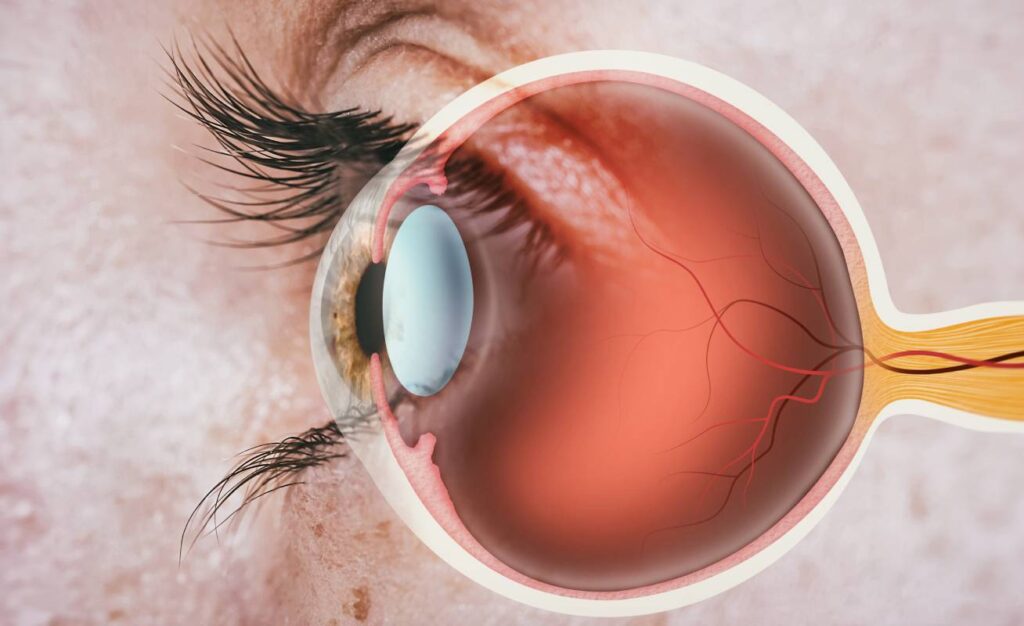Delirium after anesthesia, also known as emergence delirium (ED) is a clinical condition in which patients have alterations to their attention, awareness, and perceptions. In children, this often results in behavioral disturbances such as crying, sobbing, thrashing and disorientation [1].…
Year: 2022
How Is Infectiousness Determined in COVID-19 Patients
Current CDC guidelines continue to advise persons who test positive for COVID-19 to isolate for a minimum of five days (4). While the CDC defines the start of isolation as the date of symptom onset, organizations such as schools and…
Remifentanil as a Soft Drug Prototype
A “soft drug” is an active compound that can easily be transformed into an inactive metabolite in the body [1]. Anesthesiology requires careful consideration of three axes: safety, effectiveness, and efficiency [2]. In medical practice, the third axis (efficiency) is…
Factors That Increase Time to Discharge from Surgery
Ensuring a swift discharge after surgery is important for patient outcomes and helps reduce health care costs 1. A number of factors can influence time to discharge following surgery, ranging from anesthesia to perioperative workflow. First, even after controlling for…
Policy Strategies to Limit Hospital-Associated Healthcare Costs
Data from the Bureau of Labor and Statistics reveal that hospital prices have increased over 2% annually in the past decade, placing in hospital spending and costs in the U.S. today at an all-time high 1. This has ushered in –…
Clinical Applications of Blood Type Conversion
The most important determinant of organ transplantation compatibility, the ABO blood type system characterizes human blood into four groups — A, B, O, and AB — based on the presence of immunological molecules within the blood. These molecules include antigens…
Long-Term Symptoms After Severe COVID
Since the emergence of the SARS-CoV-2 virus in China in 2019, the COVID-19 pandemic has infected nearly 500 million people around the world, resulting in 6 million deaths (1). Despite the common respiratory symptoms of the viral infection, COVID-19 affects…
Anesthesia Considerations for Hysteroscopy
The hysteroscope is used in modern gynecology to visualize the endometrial cavity. The device is inserted through the cervix, and the entire procedure may be performed in an office setting (Okohue, 2020). Hysteroscopy is especially important in evaluating both premenopausal…
Ocular Surface Complications of Prolonged Ventilation
Ophthalmologic complications are common in critically ill patients requiring prolonged ventilation. These complications are caused by improper eye care and impaired functioning of normal mechanisms that protect the eye from dehydration and abrasion. In the era of SARS-CoV-2 (COVID-19), where…
Reducing Medical Overtreatment via Shared Decision Making
Overtreatment is defined as treatment that is unlikely to help a patient, which can stem from various factors, including a lack of alignment between the patient’s wishes and their physician’s clinical recommendations. Examples include prescribing a medication that a patient…









